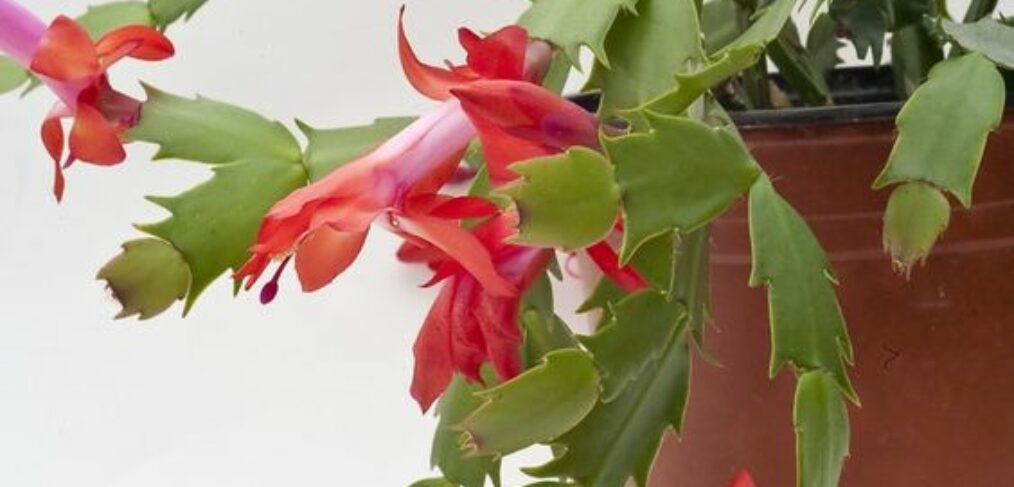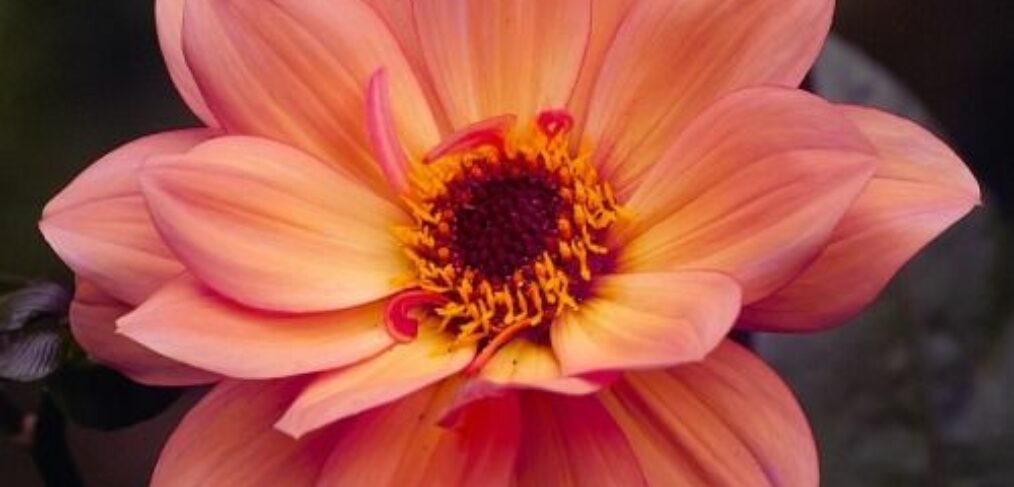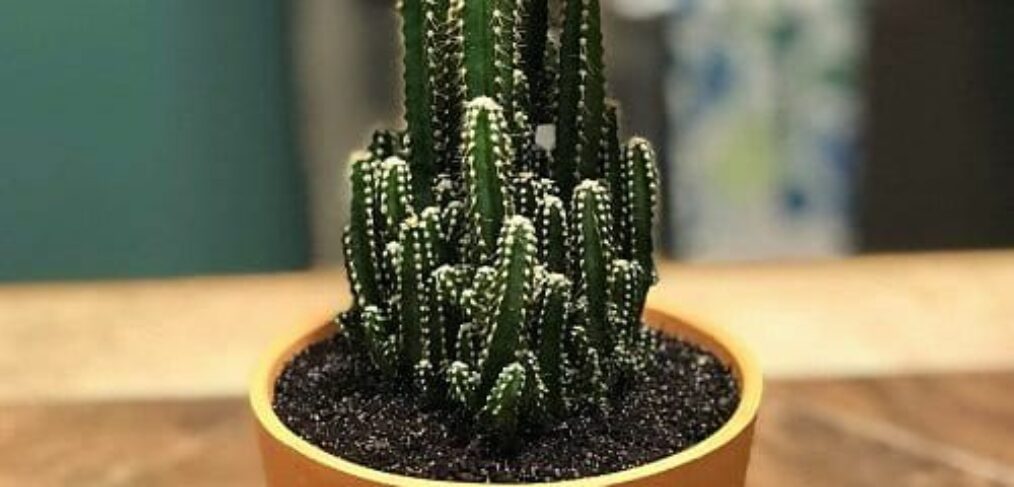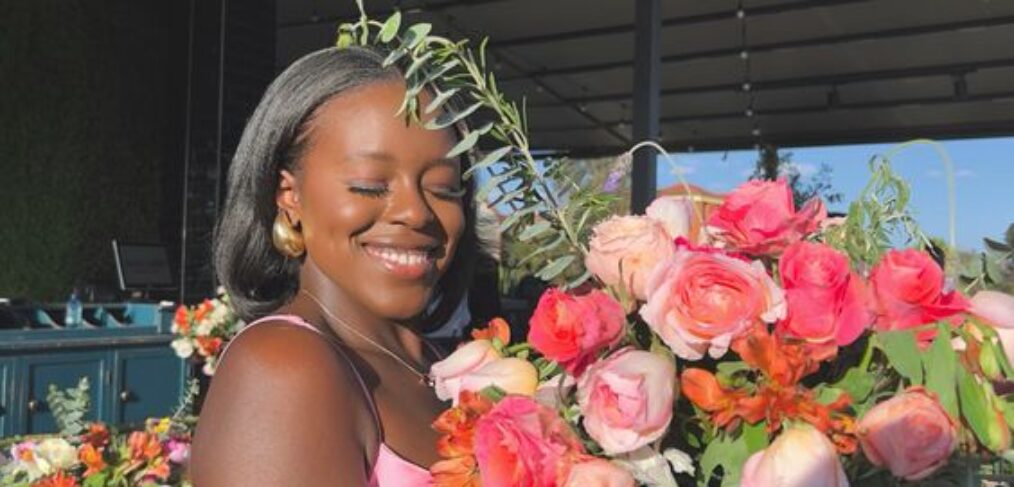Maintaining healthy plants in your home not only adds beauty to your surroundings but also contributes to a cleaner and healthier indoor environment. While there are various commercial products available for plant care, many effective remedies can be made using common household items.
These home remedies are often cost-effective, eco-friendly, and easily accessible, making them an excellent choice for plant enthusiasts.
- Neem Oil Solution
- Epsom Salt
- Baking Soda Spray
- Banana Peel Fertilizer
- Coffee Grounds Mulch
1. Neem Oil Solution
Neem oil, derived from the neem tree, is a natural pesticide and fungicide. It can be used to control pests like aphids, mealybugs, and spider mites, as well as fungal infections. To make a neem oil solution, mix one to two teaspoons of neem oil with a few drops of mild liquid soap in a spray bottle filled with water. Shake well and spray on affected plants, focusing on the undersides of leaves where pests tend to hide.
2. Epsom Salt
Epsom salt, or magnesium sulfate, can be beneficial for plants, especially those that require magnesium and sulfur for healthy growth, such as tomatoes, peppers, and roses. Dissolve one tablespoon of Epsom salt in a gallon of water and use it to water your plants once a month. This can help improve nutrient absorption and promote lush green foliage.
3. Baking Soda Spray
Baking soda is a versatile ingredient with antifungal properties, making it useful for treating fungal diseases like powdery mildew and black spot. To make a baking soda spray, mix one tablespoon of baking soda with one gallon of water and a few drops of liquid soap. Spray the solution on affected plants every one to two weeks, ensuring thorough coverage of foliage.
4. Banana Peel Fertilizer
Banana peels are rich in potassium, phosphorus, and other nutrients that can benefit plant growth. To make a banana peel fertilizer, chop up banana peels and bury them around the base of plants or steep them in water for a few days to create a nutrient-rich liquid fertilizer. This can help promote flowering and fruiting in flowering plants and vegetables.
5. Coffee Grounds Mulch
Used coffee grounds are a great natural mulch that can help improve soil structure, retain moisture, and deter pests like slugs and snails. Spread a layer of coffee grounds around the base of plants, avoiding direct contact with stems, to provide a nutrient boost and protect against common garden pests.
Home remedies offer a sustainable and affordable way to care for your plants, promoting their health and vitality without relying on harsh chemicals. By incorporating these simple yet effective remedies into your plant care routine, you can create a thriving indoor garden that brings joy and beauty to your home environment.
Remember to observe your plants closely and adjust your care regimen as needed to ensure optimal growth and health.










